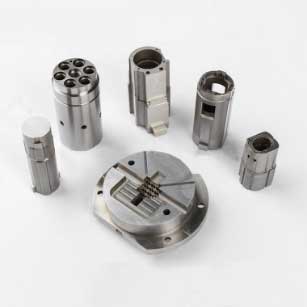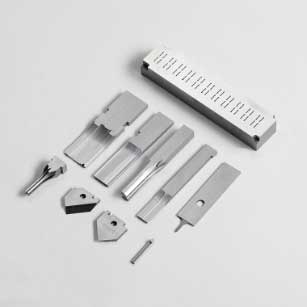Precision parts processing has many advantages. We have also shared with you the specific advantages of precision parts processing. The most obvious is that it can achieve high precision that ordinary processing cannot achieve. High precision also depends on precision processing equipment and accurate restraint system, and uses precision masks as intermediaries to achieve extremely subtle control of the amount of external surface material removed or added, What are the specific characteristics of precision parts processing?
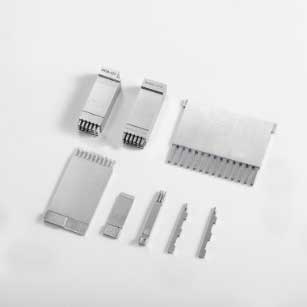
- First of all, the production efficiency of CNC precision parts processing is higher. CNC parts processing can process multiple surfaces at the same time. Compared with ordinary lathe processing, it can save many processes and time. Moreover, the quality of parts processed by CNC is much more stable than that of ordinary lathe.
- NC precision parts processing plays an irreplaceable role in the development of new products. Generally speaking, parts with different complexity can be processed through programming, while modification and design update only need to change the program of the lathe, which can greatly shorten the product development cycle.
- The degree of automation in the processing of CNC precision parts is very high, which greatly reduces the physical labor intensity of workers. Workers do not need to control the whole process like ordinary lathes in the processing process, but mainly observe and supervise the lathes. However, the corresponding CNC machining technology is higher than the ordinary lathe, so it requires higher mental labor than the ordinary lathe.
- The initial investment is larger than that of ordinary lathe, because the price of CNC lathe is very high, and its maintenance cost and first preparation period for processing are long.
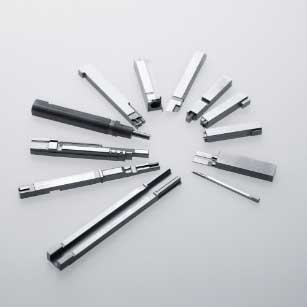
- First of all, the production efficiency of CNC precision parts processing is higher. CNC parts processing can process multiple surfaces at the same time. Compared with ordinary lathe processing, it can save many processes and time. Moreover, the quality of parts processed by CNC is much more stable than that of ordinary lathe.
- NC precision parts processing plays an irreplaceable role in the development of new products. Generally speaking, parts with different complexity can be processed through programming, while modification and design update only need to change the program of the lathe, which can greatly shorten the product development cycle.
- The degree of automation in the processing of CNC precision parts is very high, which greatly reduces the physical labor intensity of workers. Workers do not need to control the whole process like ordinary lathes in the processing process, but mainly observe and supervise the lathes. However, the corresponding CNC machining technology is higher than the ordinary lathe, so it requires higher mental labor than the ordinary lathe.
- The initial investment is larger than that of ordinary lathe, because the price of CNC lathe is very high, and its maintenance cost and first preparation period for processing are long.
What are the advantages of precision machined parts?
Precise parts that have been precision machined have many advantages. Similar articles have been published before, among which the most obvious is that they can achieve high precision that can not be achieved by ordinary machining. High precision also depends on precision processing equipment and accurate restraint system, and precision masks are used as intermediaries to achieve extremely fine control of the amount of external surface material removed or added.
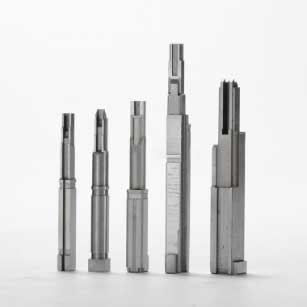
What are the characteristics of precision parts processing?
- The machining of precision parts mainly includes precision turning, mirror grinding and grinding. Micro turning is carried out on a precision lathe with a fine grinding single crystal diamond turning tool. The cutting thickness is only about 1 μ m. It is often used to process high-precision, highly smooth and clean parts such as spherical, aspherical and planar mirrors of non-ferrous materials.
- Precision parts machining When the precision of precision parts is targeted at nanometers, or even atomic units, the machining method of ultra precision parts is no longer suitable. It is necessary to use the method of special precision parts machining, that is, chemical energy, electrochemical energy, thermal energy or electrical energy, to make these energies exceed the joint energy between atoms, so as to remove the adhesion, union or lattice deformation between some atoms on the surface of the workpiece, In order to achieve the goal of ultra precision machining. These processes include mechanochemical polishing, ion sputtering and ion implantation, electron beam exposure, laser beam processing, metal evaporation and molecular beam epitaxy.
